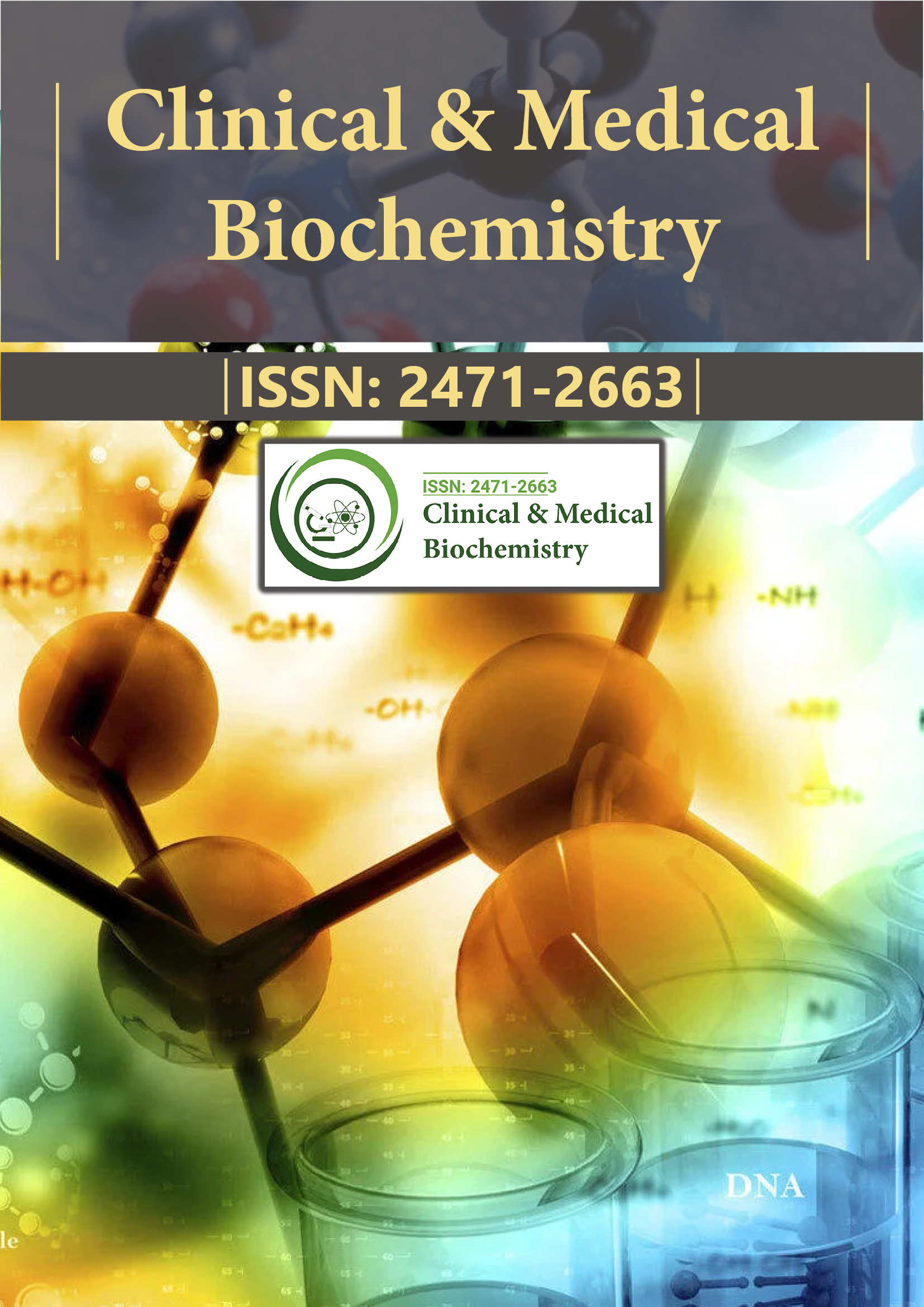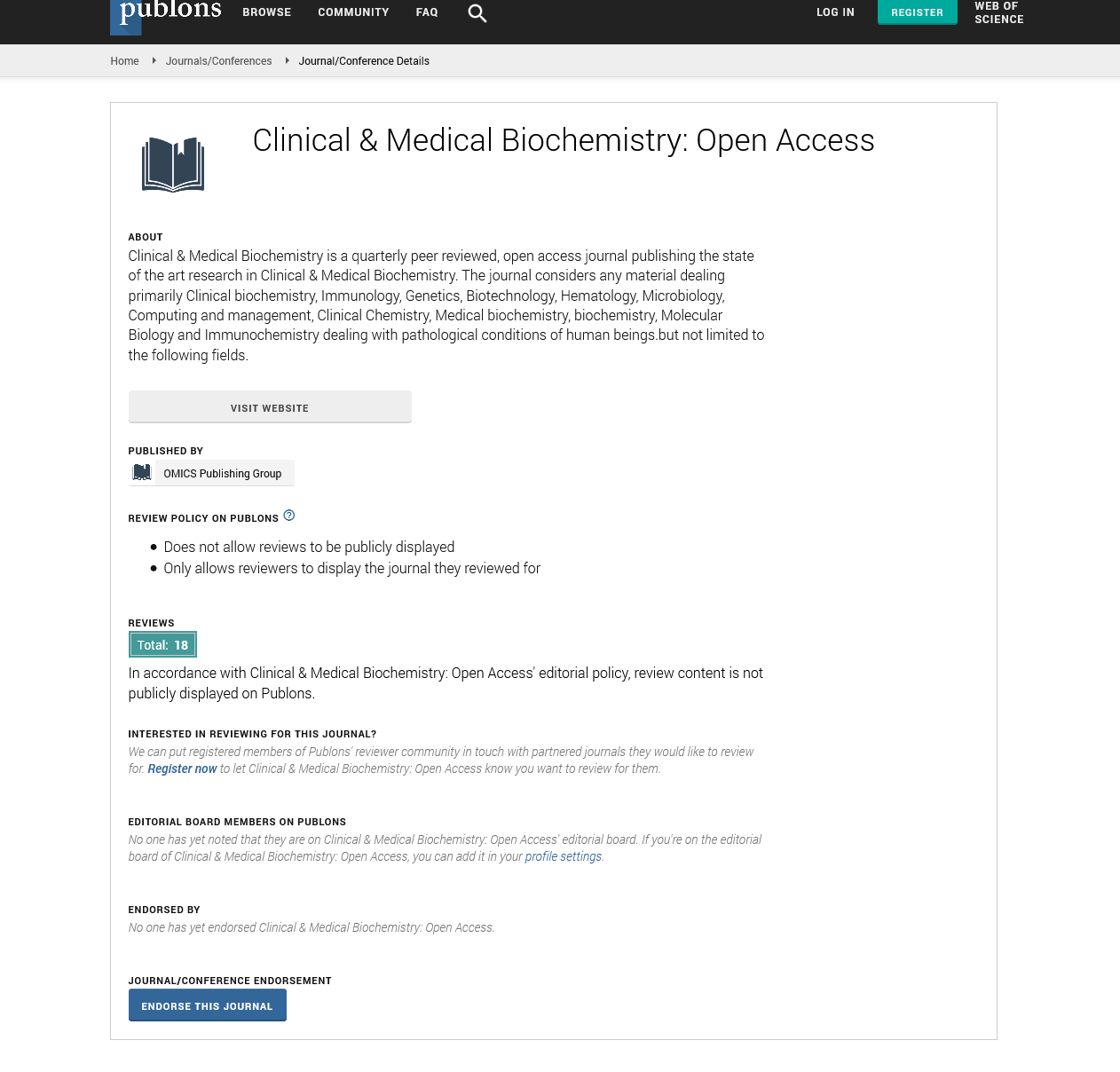Indexed In
- RefSeek
- Directory of Research Journal Indexing (DRJI)
- Hamdard University
- EBSCO A-Z
- OCLC- WorldCat
- Scholarsteer
- Publons
- Euro Pub
- Google Scholar
Useful Links
Share This Page
Journal Flyer

Open Access Journals
- Agri and Aquaculture
- Biochemistry
- Bioinformatics & Systems Biology
- Business & Management
- Chemistry
- Clinical Sciences
- Engineering
- Food & Nutrition
- General Science
- Genetics & Molecular Biology
- Immunology & Microbiology
- Medical Sciences
- Neuroscience & Psychology
- Nursing & Health Care
- Pharmaceutical Sciences
Perspective - (2023) Volume 9, Issue 2
Role of Adaptive Immunity and Application of Hematopoietic Stem Cell Transplantation in Systemic Lupus Erythematosus (SLE)
Hsien Xuejin*Received: 03-Mar-2023, Manuscript No. CMBO-23-20713; Editor assigned: 06-Mar-2023, Pre QC No. CMBO-23-20713 (PQ); Reviewed: 20-Mar-2023, QC No. CMBO-23-20713; Revised: 27-Mar-2023, Manuscript No. CMBO-23-20713 (R); Published: 03-Apr-2023, DOI: 10.35841/2471-2663.23.9.156
Description
An autoimmune condition known as Systemic Lupus Erythematosus (SLE), which can seriously harm numerous organs and tissues, is characterized by phases of flare-ups and remission. The kidneys, neurological system, joints, and skin are the organs most commonly impacted by SLE. The creation of circulating autoantibodies, immune complex formation that precipitates in arteries, activation of powerful inflammatory responses, and multi-organ damage are the hallmarks of SLE. Although SLE treatment still relies on generic immunomodulatory and immunosuppressive medications, novel therapies that target particular immune system targets have recently been discovered, and some of these have received regulatory agency approval. The B-Cell Receptor (BCR) is expressed on the membrane of B cells, which serves as an identifying feature. This receptor's physiological focus is on pathogen identification and the subsequent generation of targeted antibodies. Autoreactive B cells can also arise throughout the B-cell growth phase. Immunological tolerance measures, such as clonal deletion or the generation of peripheral anergy, can sometimes fail to prevent the production of these host-harmful cells. This enables the unintentional activation and proliferation of these autoreactive B cells, with the potential for the development of an autoimmune diseases. After development, soluble substances are needed to ensure the survival and multiplication of B cells, including self-reactive B cells. The B-Cell Activating Factor (BAFF), also known as B Lymphocyte Stimulator (BLys), is the most significant of them. The majority of nuclear antigens are the target of the autoantibody repertoire generated by autoreactive B cells. Toll- Like Receptors (TLRs) are vital in the production of these autoantibodies.
Autoantibodies against Double-Stranded DNA (dsDNA) and RNA-associated autoantigens, respectively, can be produced when TLRs TLR7 and TLR9 subtypes are abnormally engaged in SLE. B cells' terminal differentiation into Long-Lived Plasma Cells (LLPCs) is a significant source of autoantibody synthesis in SLE. Short-lived plasmablasts have been observed to change into high-affinity plasma cells that migrate to particular niches in the bone marrow where they are protected from external events, allowing them to survive for a long time and continuing to produce autoantibodies after interacting with CD4+ T cells in the germinal centres of the lymph nodes. Both murine and human SLE exhibit spontaneous creation of germinal centres that favour the generation of LLPCs, indicating that this process is solely engaged in the genesis of autoantibody production. Significantly, as shown in animal models, B lymphocytes may also function in SLE as Antigen-Presenting Cells (APC) to autoreactive T lymphocytes. As autoantibodies can be seen in blood years before the onset of SLE's clinical symptoms, it has been assumed that these antibodies serve as a biomarker for the condition rather than a pathogenic component.
The discovery that immune complexes, including anti-dsDNA antibodies, are present in lupus nephritis at the glomerular level and that their removal improves the condition of the disease is particularly significant. Moreover, passive transfer of maternal autoantibodies across the placenta, which prevents the passage of cells, including immune system cells, leads to the development of Neonatal Lupus Erythematosus (NLE). In T Cells in SLE Pathogenesis, Self-reactive T cells are important in the development of SLE via their promotion of oxidative stress and IFN production, T-helper 1 (Th1) cells are crucial in the pathophysiology of SLE. Contrarily, SLE patients have fewer IL-4-producing Th2 cells in their peripheral blood, indicating a potential protective role for these cells as well as the possibility that SLE activity is linked to a higher IFN/IL-4 ratio. The pathophysiology of SLE also involves T-helper 17 (Th17) cells. IL-17, a family of cytokines with significant pro-inflammatory effects, is mostly produced by these cells. Because of their proinflammatory activities, members of the IL-17 family can worsen tissue injury in addition to acting defensively against infections. IL-17 causes neutrophil recruitment, innate immune system activation, and an improvement in B-lymphocyte performance. IL-17 levels have been shown to be correlated with SLEDAI in patients with LN. Tregs have a crucial role in preserving peripheral tolerance to self-antigens. T-Follicular Helper (Tfh) cells are seen in extrafollicular foci and germinal centres. In murine and human SLE, these cells have contributed to the development of autoreactive B-cell clones. Similar to how germinal centres in LN are detected, Tfh cells were discovered to combine with B cells in renal tissue.
The immunopathogenesis of SLE involves CD8+ T cells as well. Patients with SLE who have circulating CD8+ T cells show functional deficiencies, such as poor cytolytic function and decreased granzyme and perforin production. Lower rates of disease flare-ups have been linked to circulating CD8 T cells with a reduced phenotype in SLE patients. The sensitivity of SLE patients to infections, which may be made worse by the use of immunosuppressive medications, is nevertheless associated to the qualitative abnormalities of CD8+ T cells. Finally, a larger percentage of -T lymphocytes were detected in SLE patients compared to controls, suggesting that these cells are involved in the autoimmune response. The Hematopoietic Stem Cell Transplantation (HSCT) method, which is popular in haematology, was first utilised to treat life-threatening SLE. The goal of this therapy is to replace self-reactive memory T and B lymphocytes, as well as plasma cells that, as mentioned above, are resistant to conventional B-cell depletion therapy and are not responsive to anti-BAFF drugs, with normal cells by removing them from the recipient's immune system. Patients that react can restore antinuclear antibody seronegativity, which is exceedingly challenging to achieve with normal therapy, and are typically free of clinical symptoms. Early HSCT treatment has also been shown to increase quality of life, protect against medication toxicity and organ failure. Although the risk of Graft-Versus-Host Disease (GvHD) and other procedure-related consequences have limited allogeneic HSCT's widespread use, it can also be used to rebuild a damaged immune system.
Citation: Xuejin H (2023) Role of Adaptive Immunity and Application of Hematopoietic Stem Cell Transplantation in Systemic Lupus Erythematosus (SLE). Clin Med Bio Chem. 9:156.
Copyright: © 2023 Xuejin H. This is an open-access article distributed under the terms of the Creative Commons Attribution License, which permits unrestricted use, distribution, and reproduction in any medium, provided the original author and source are credited.

